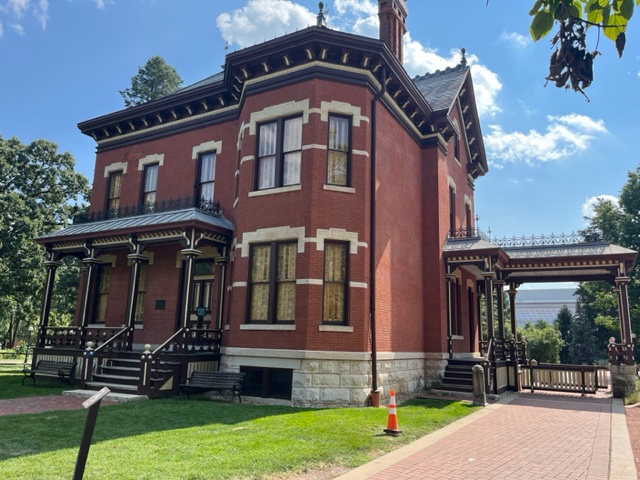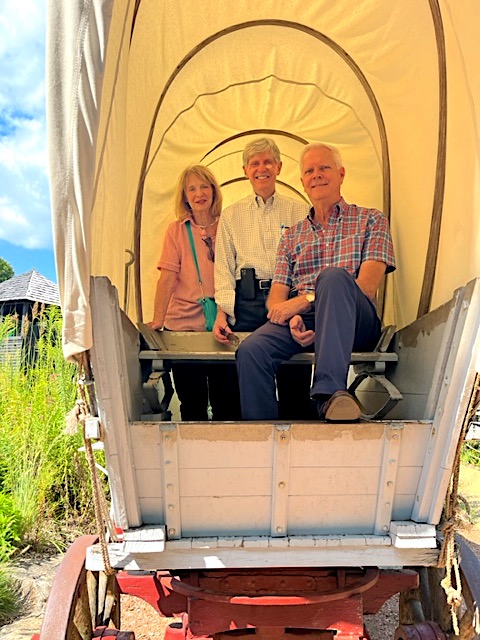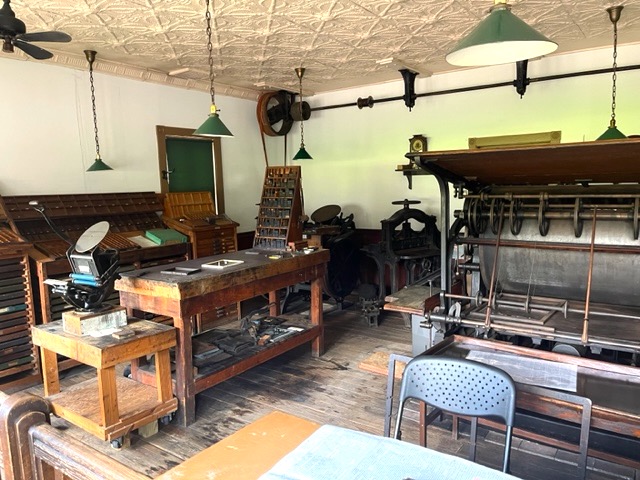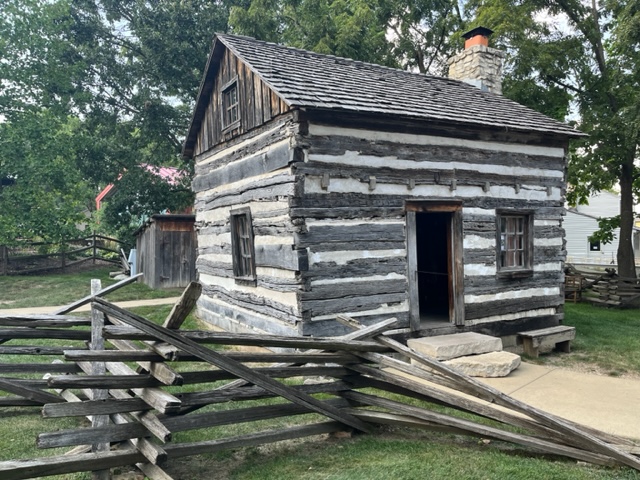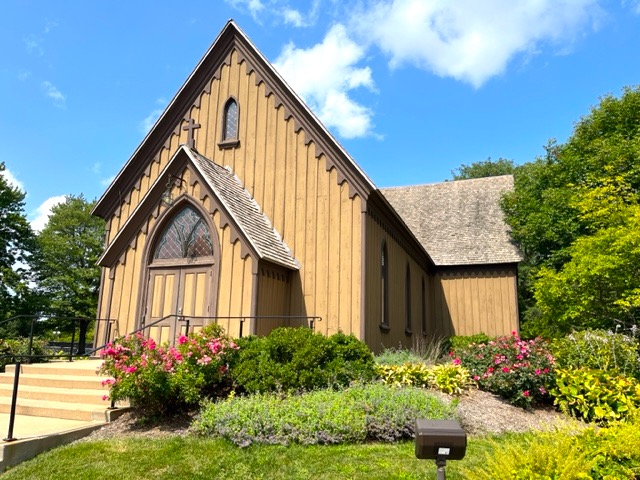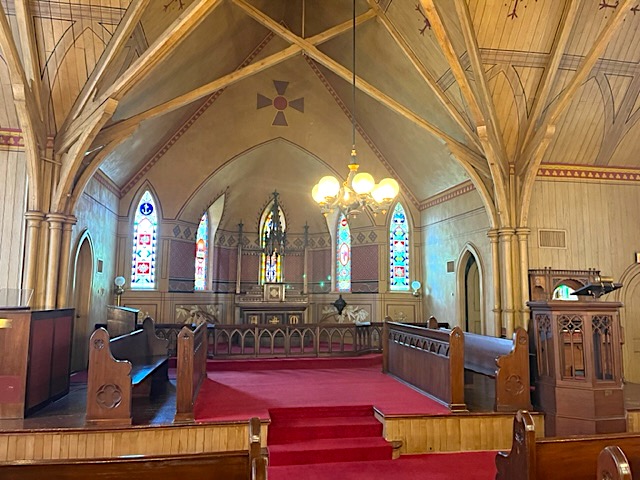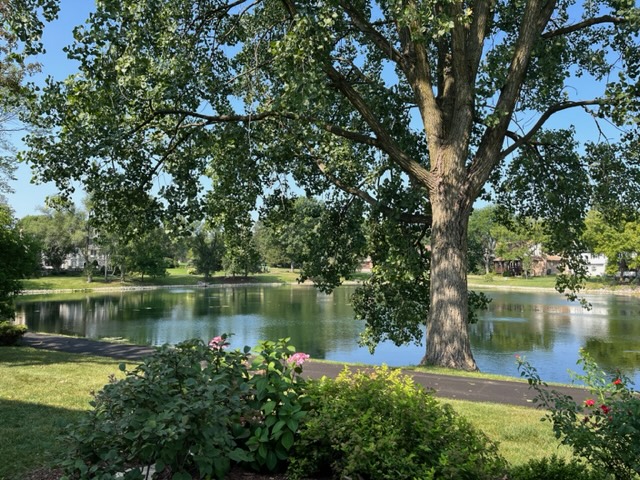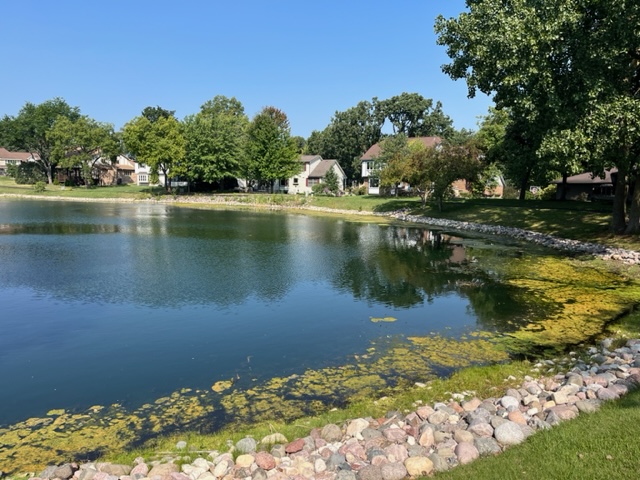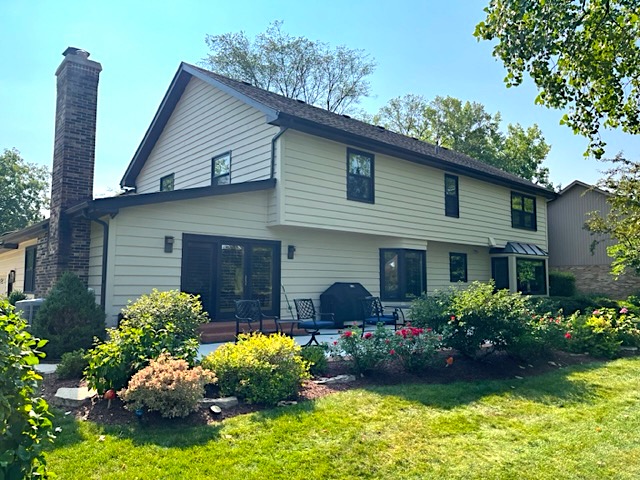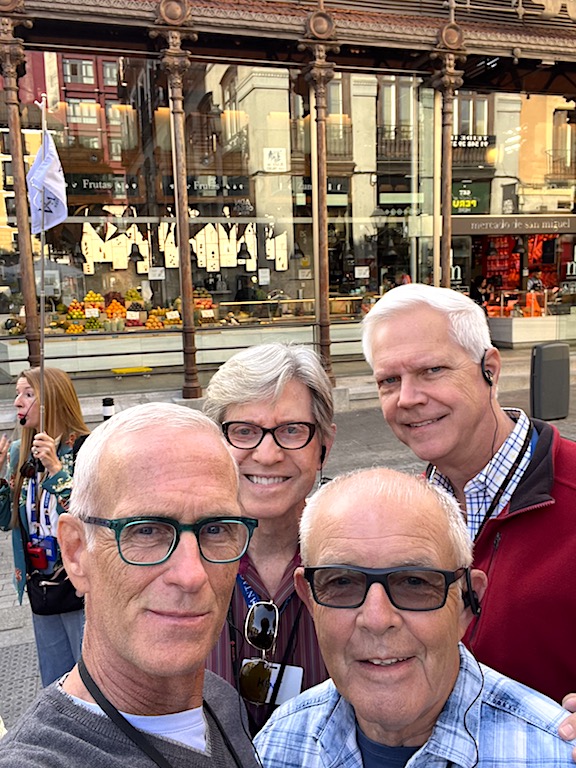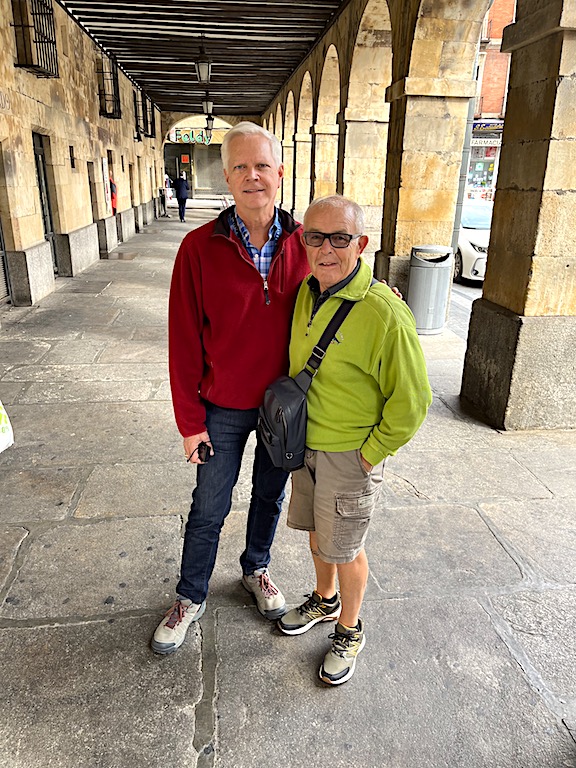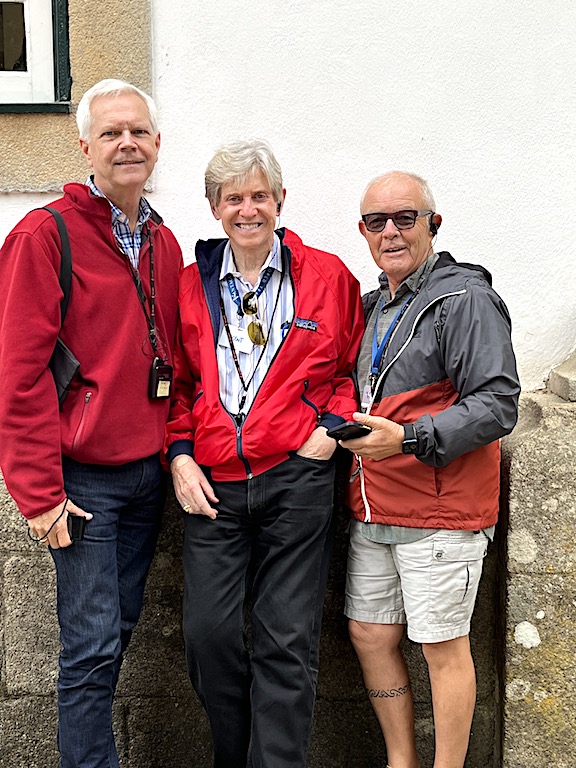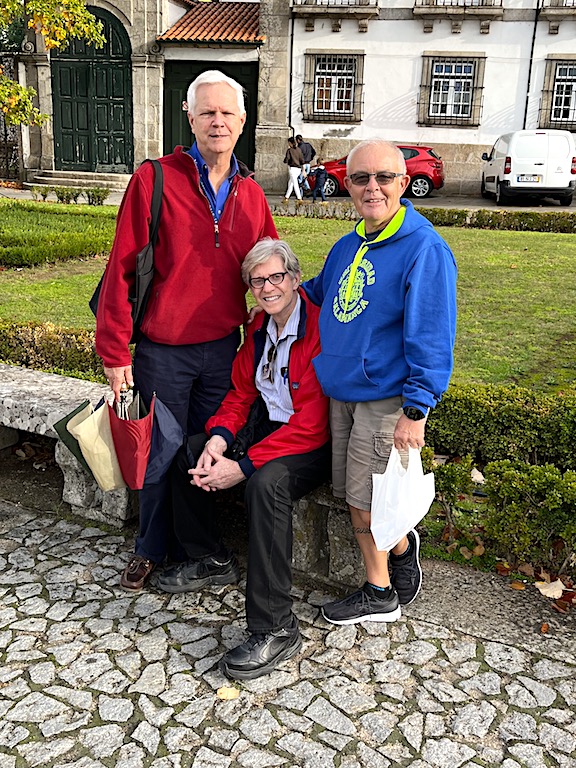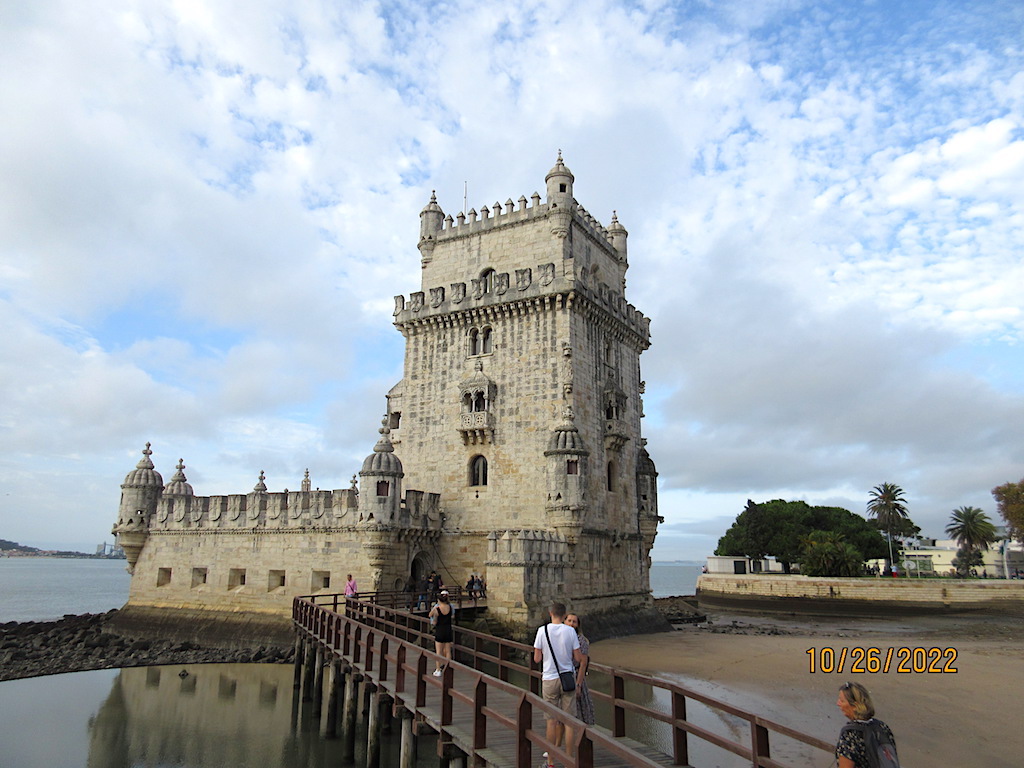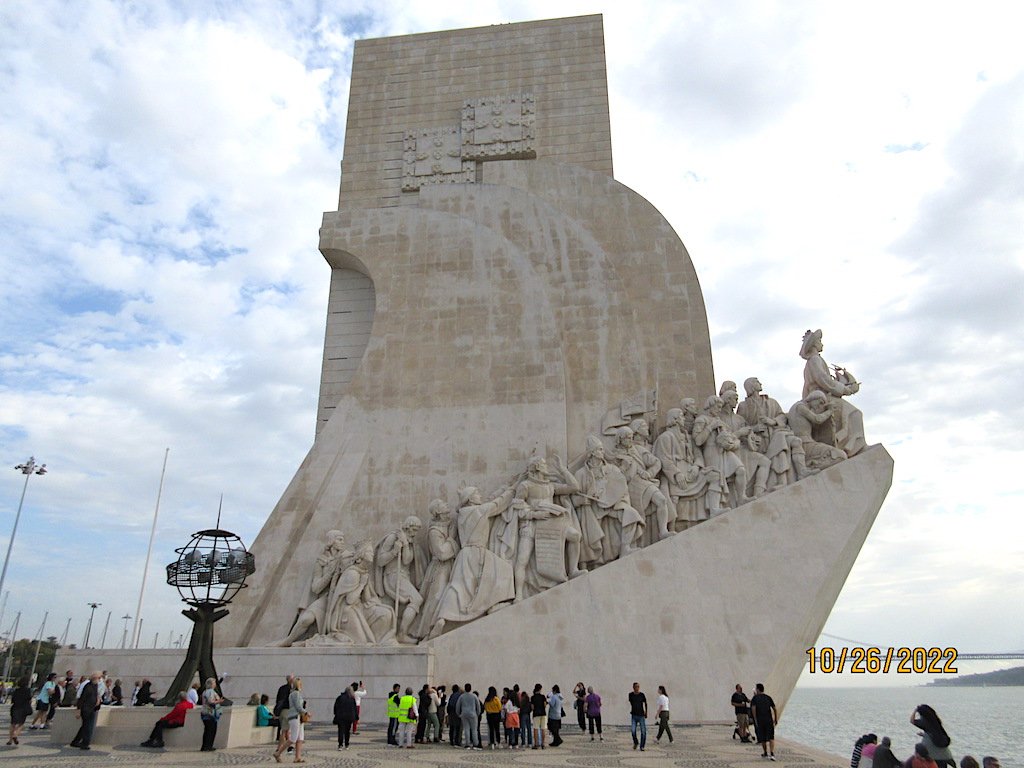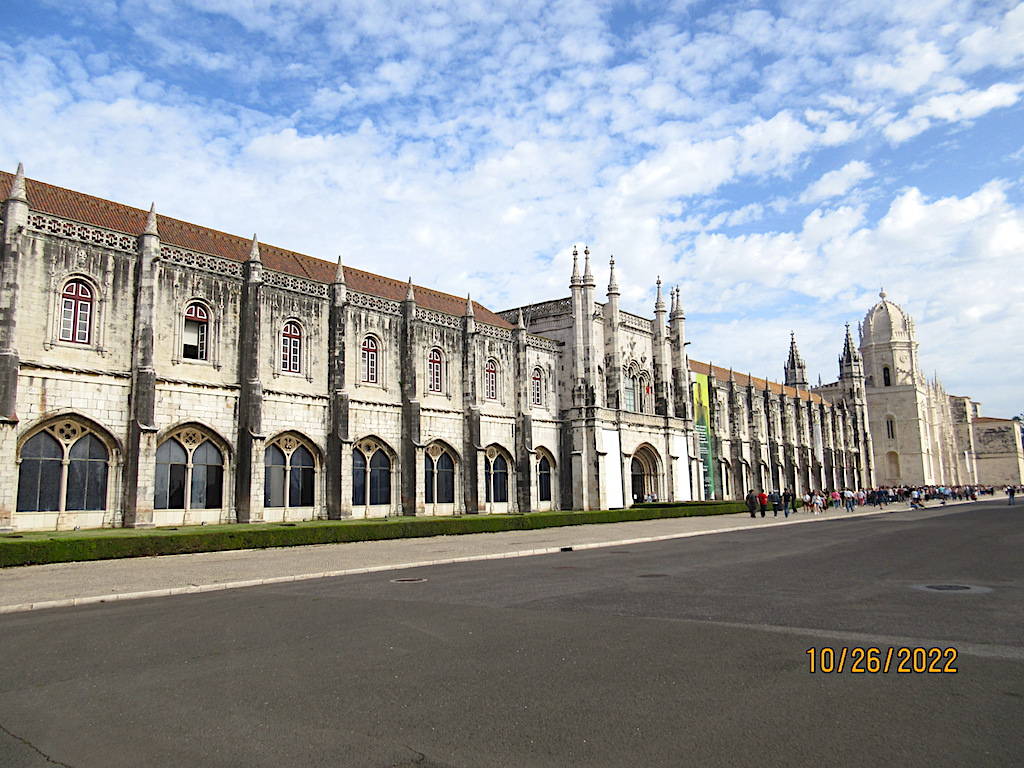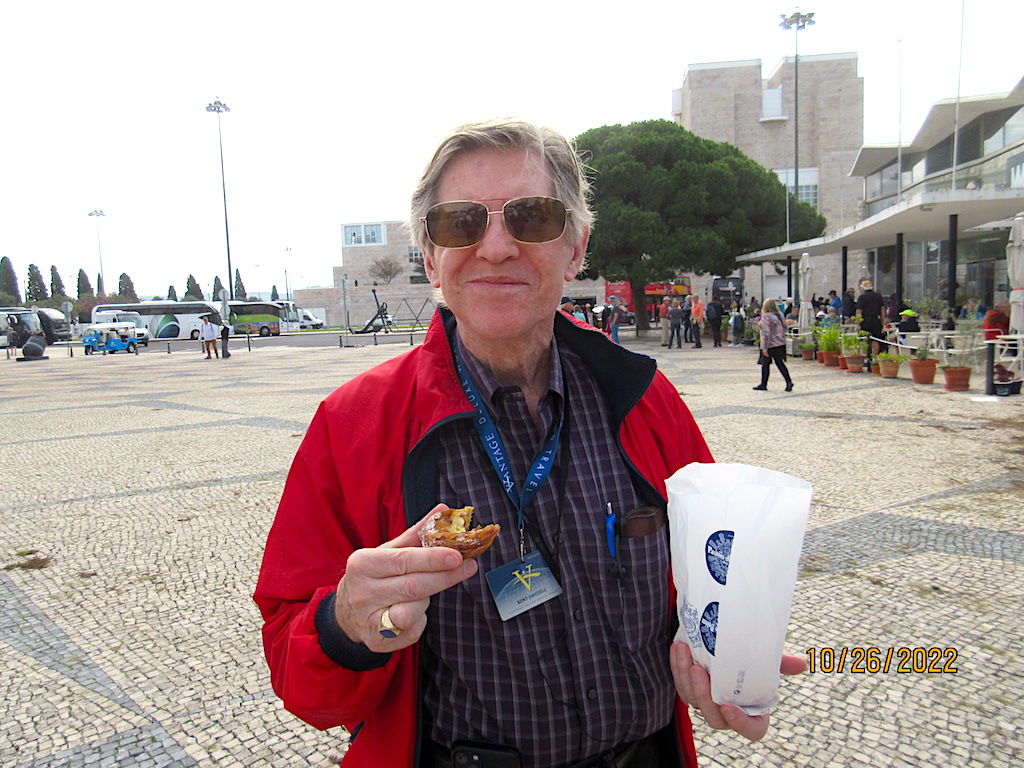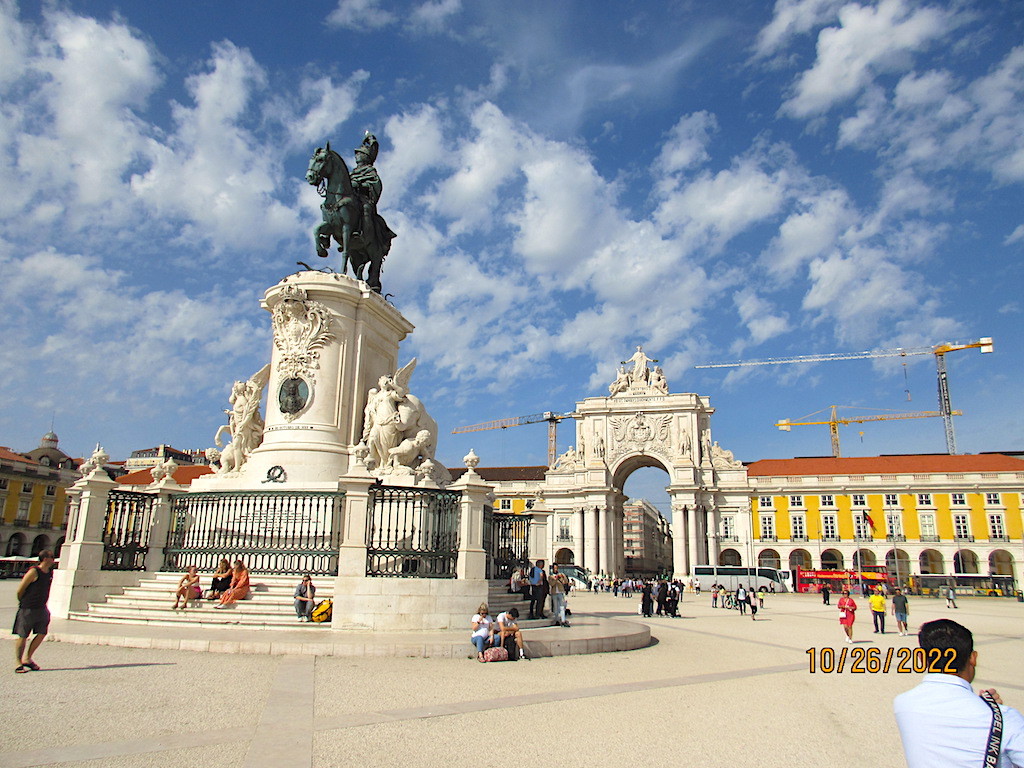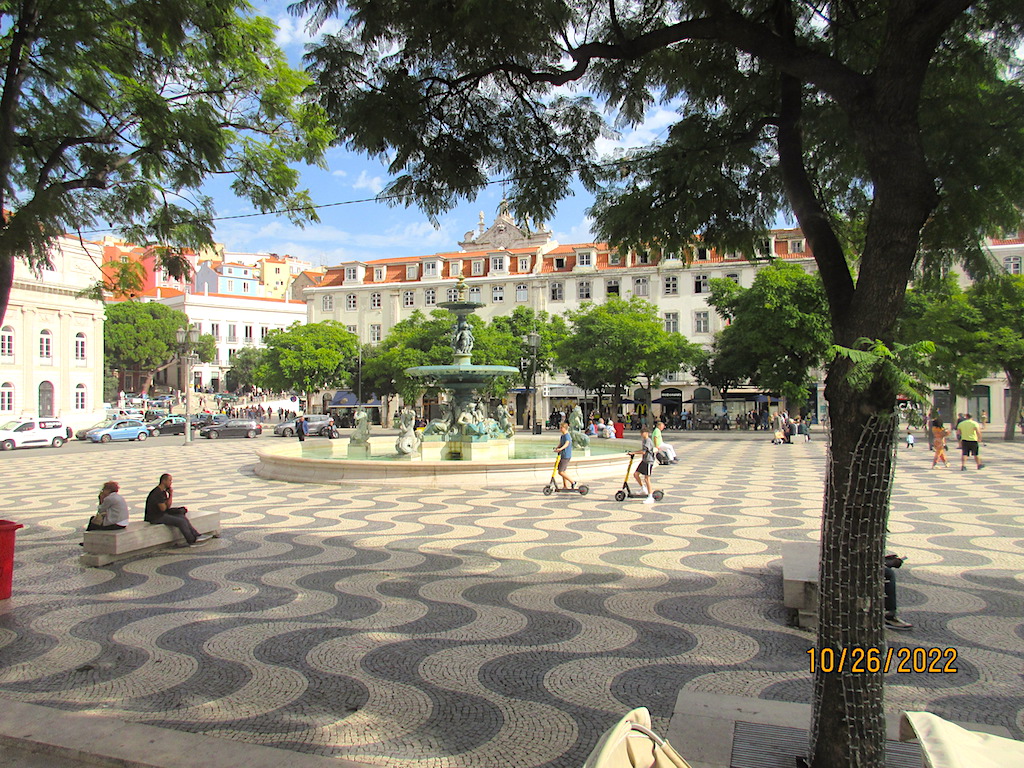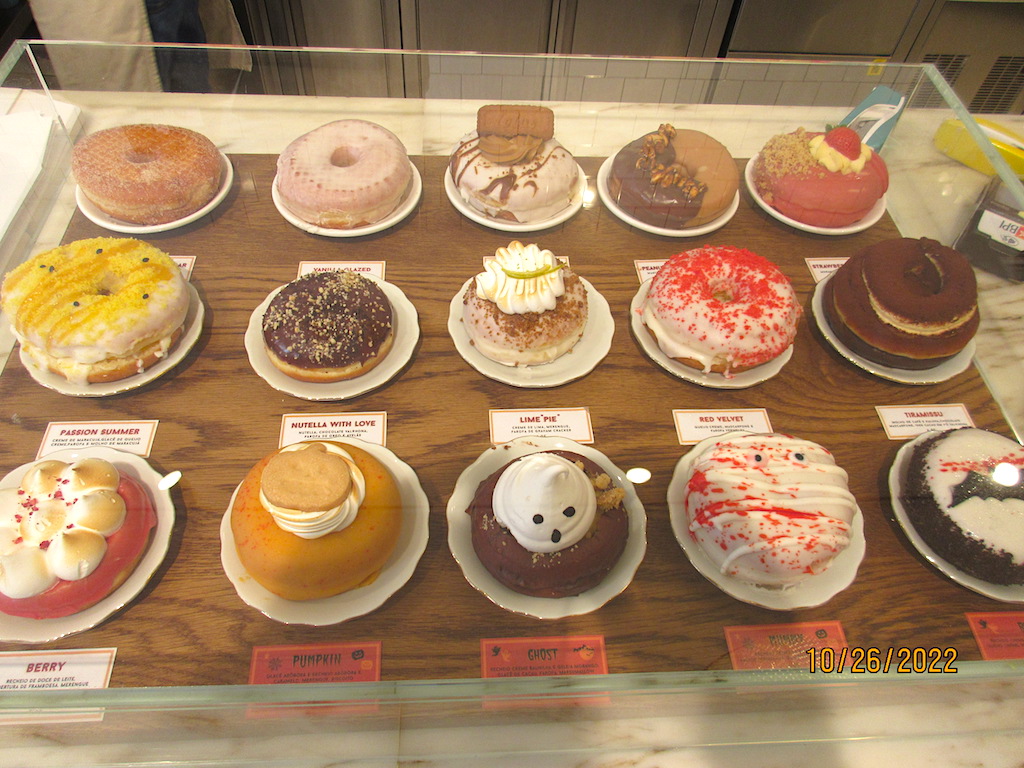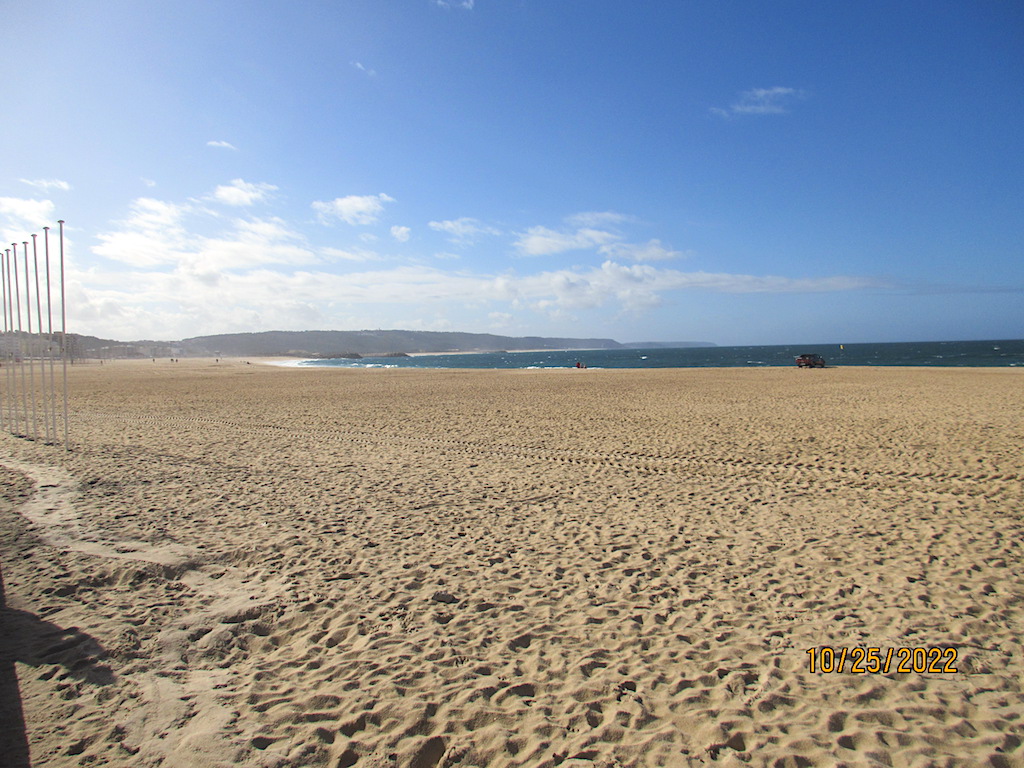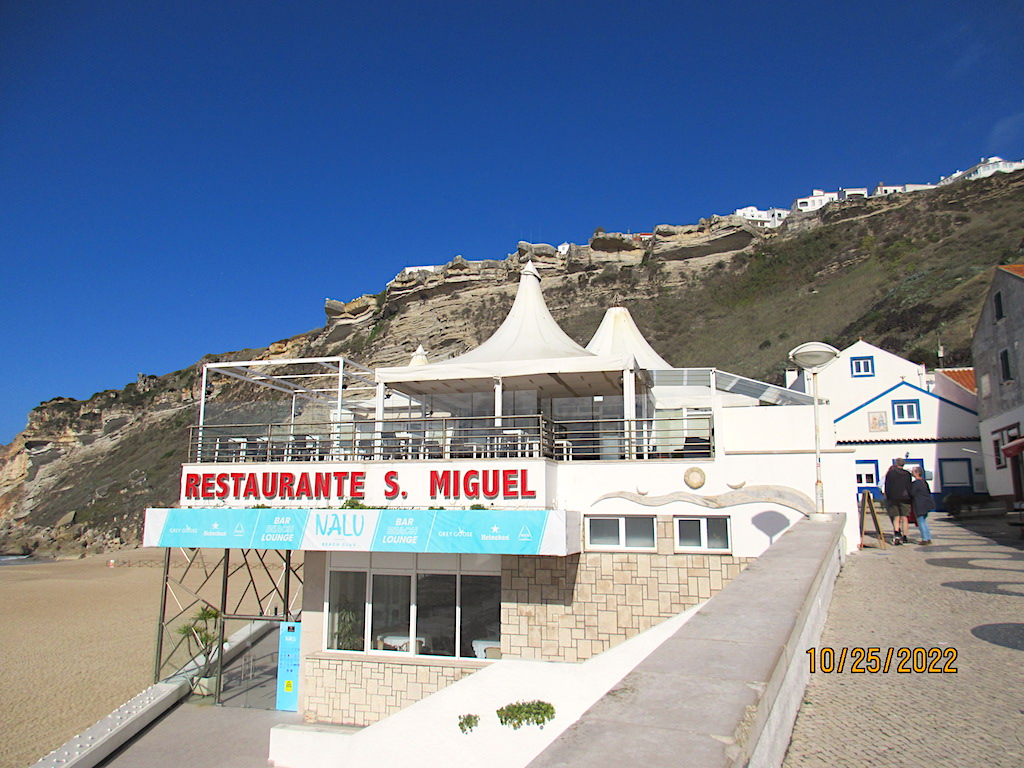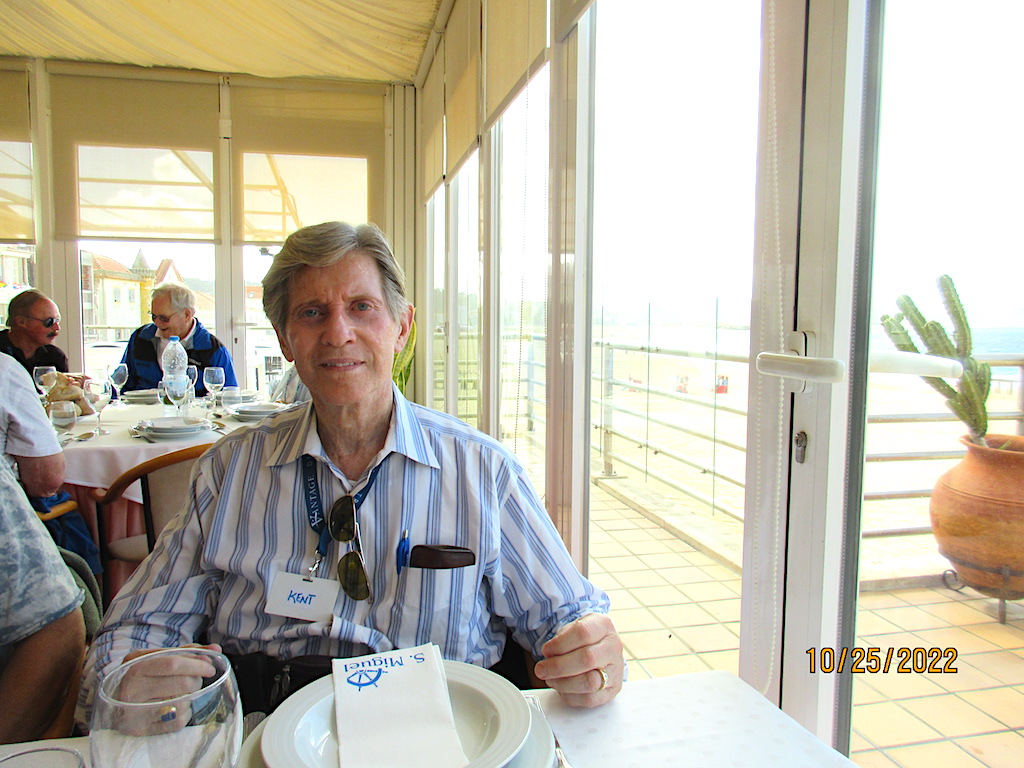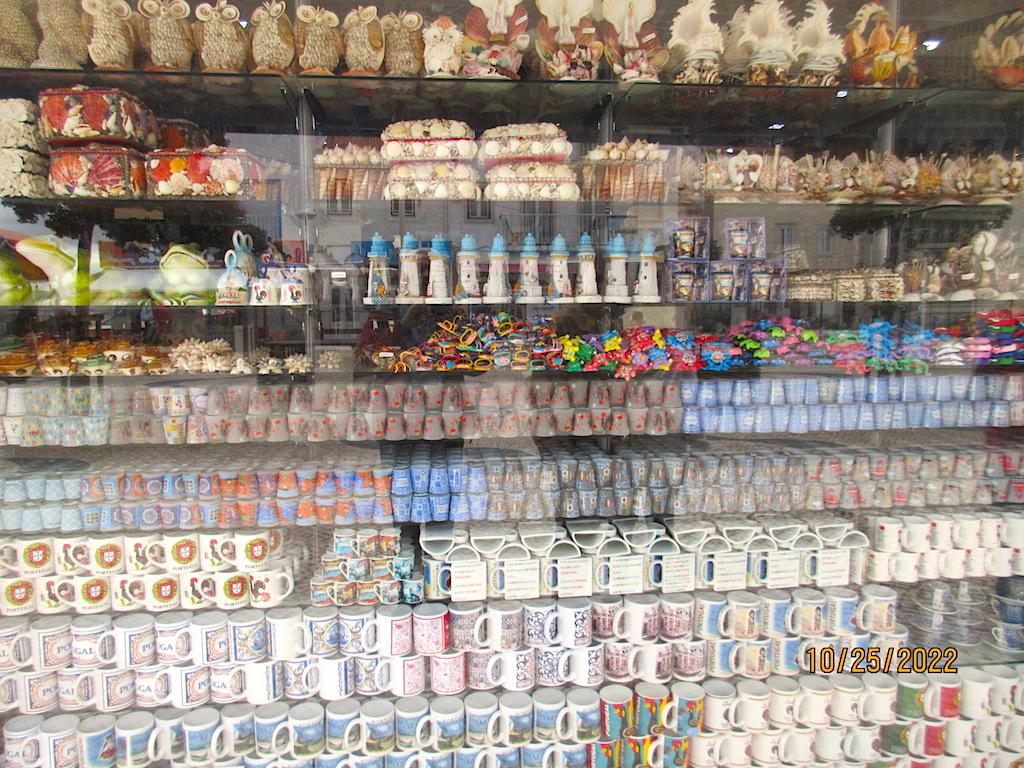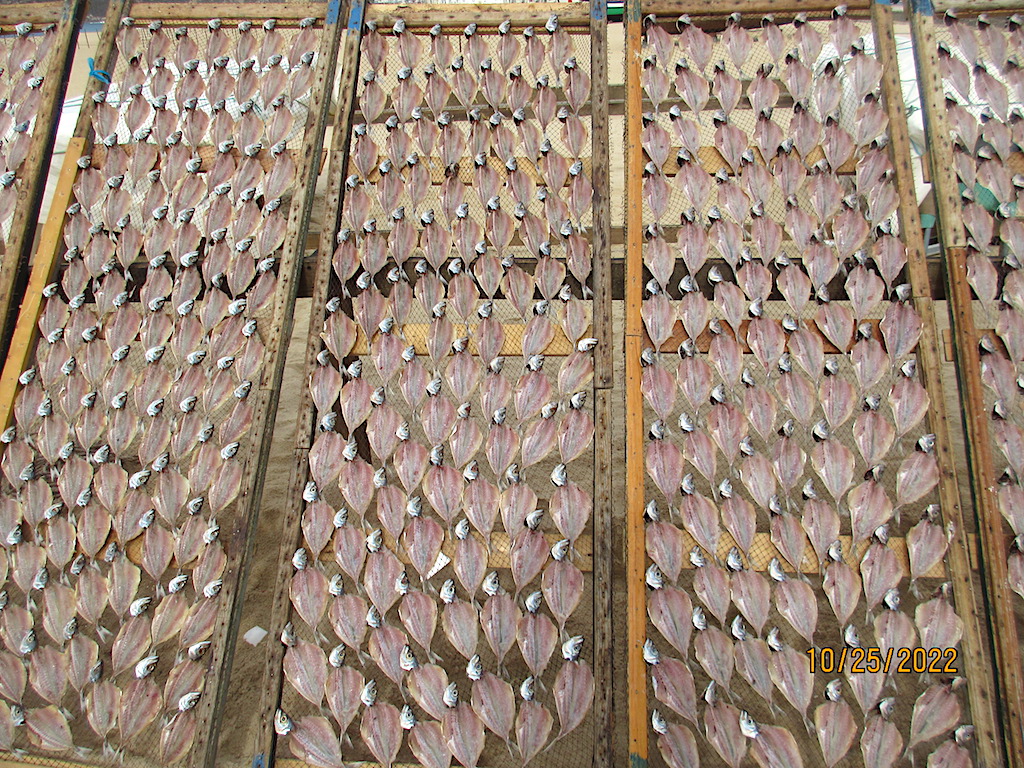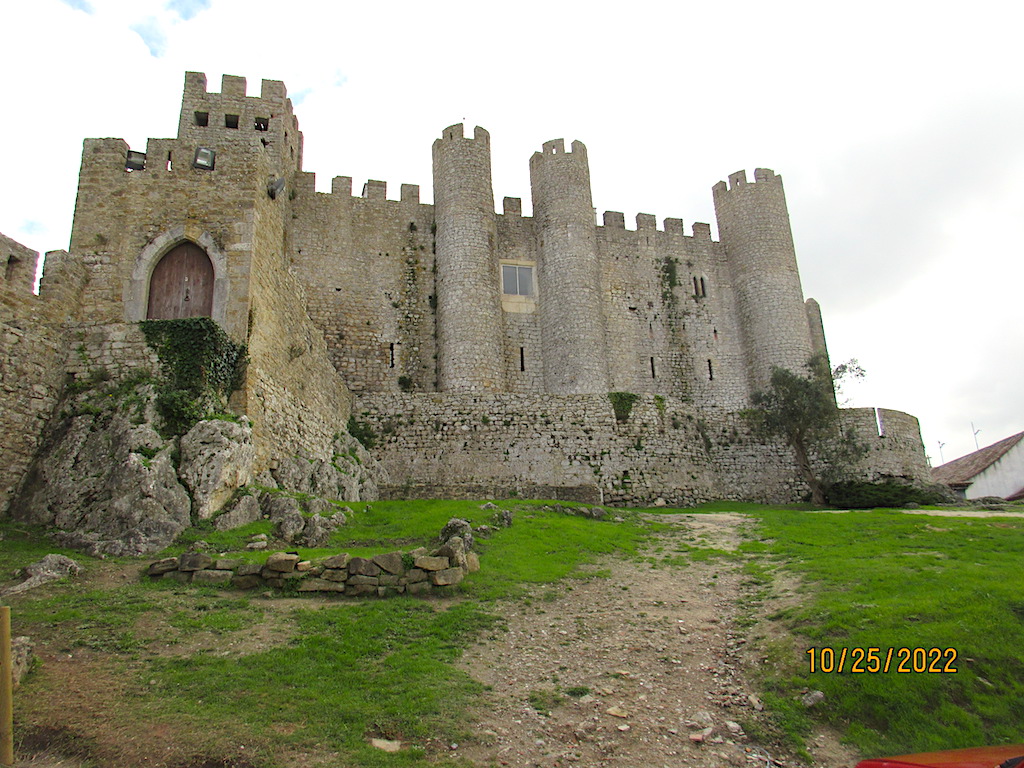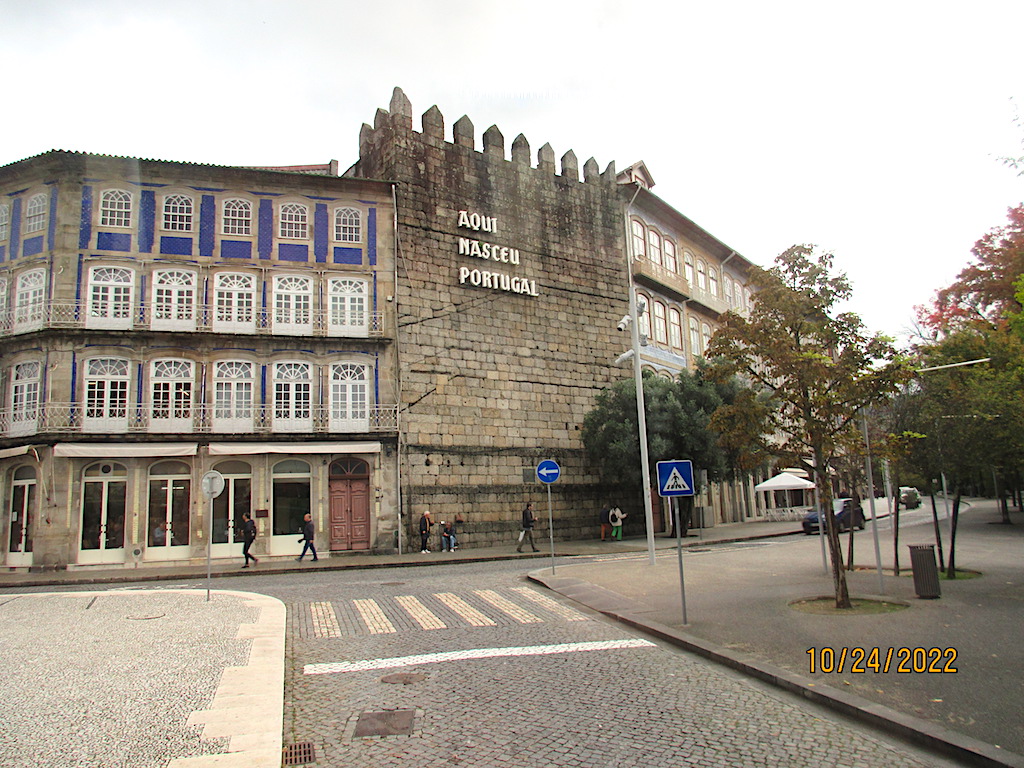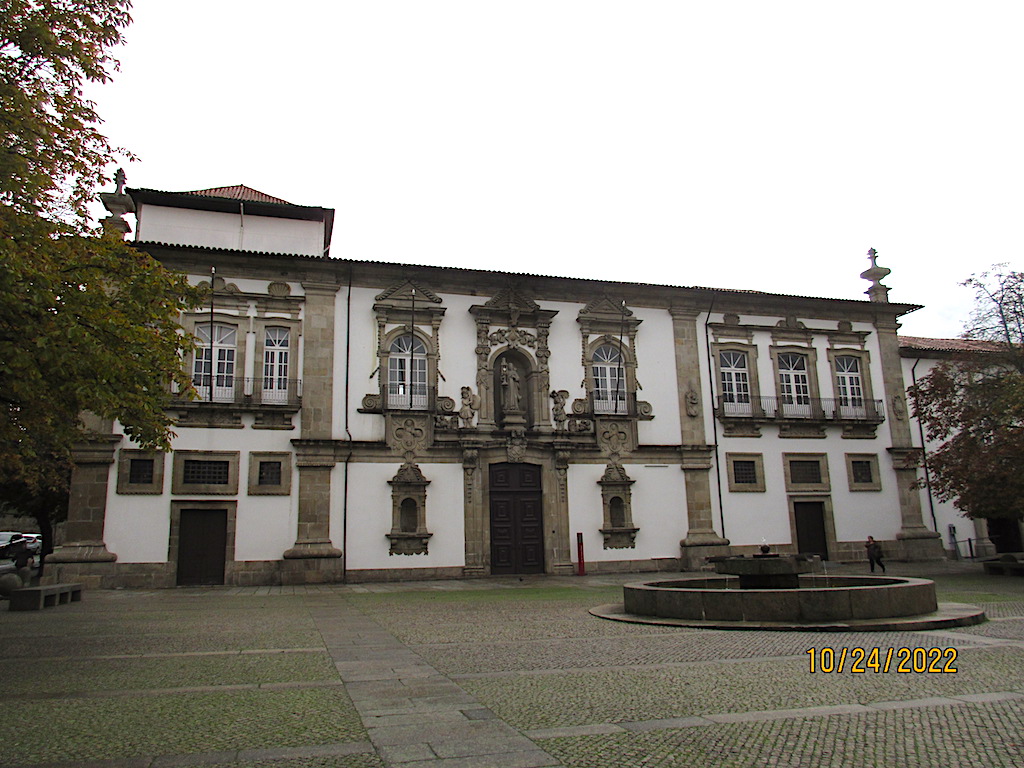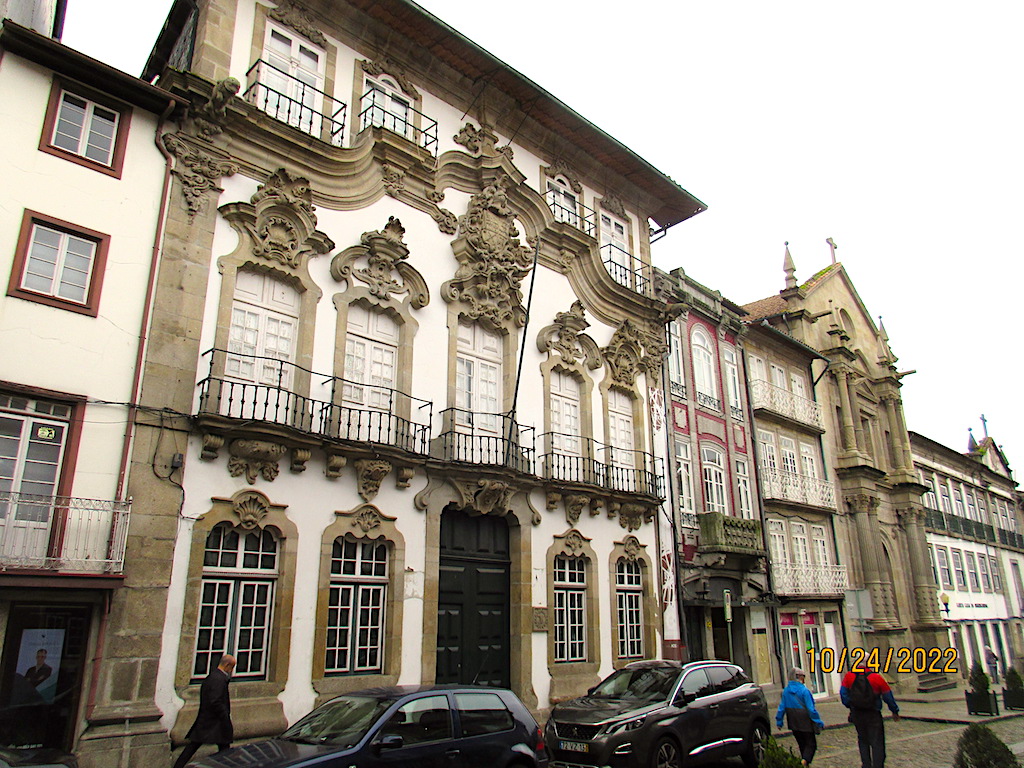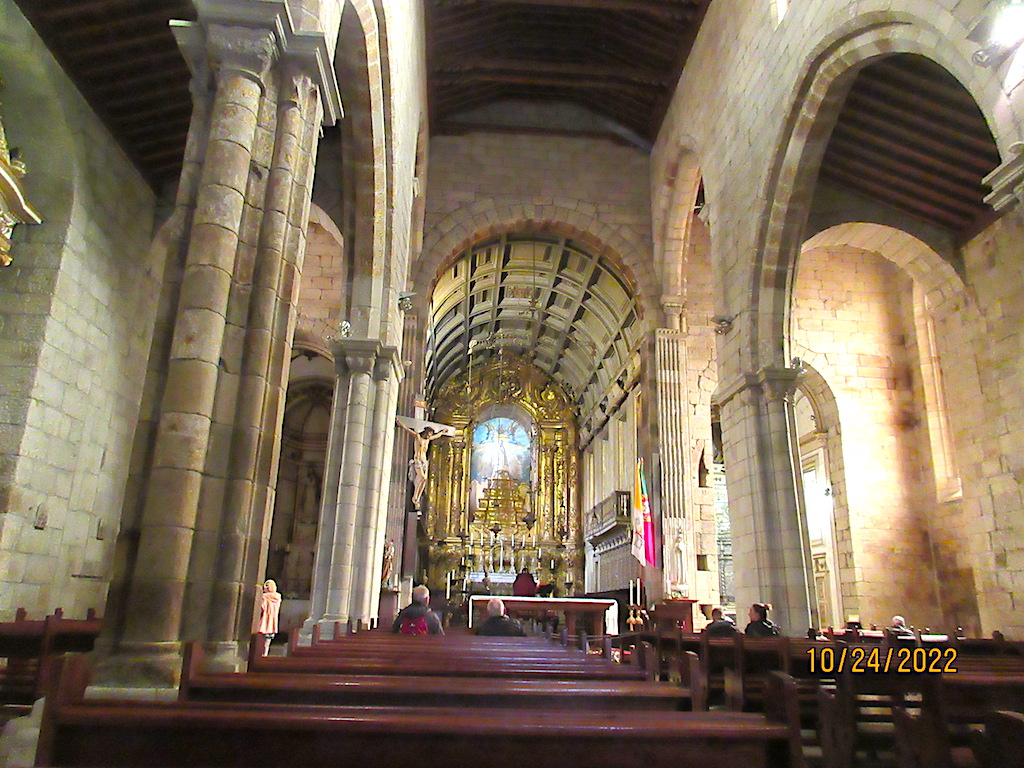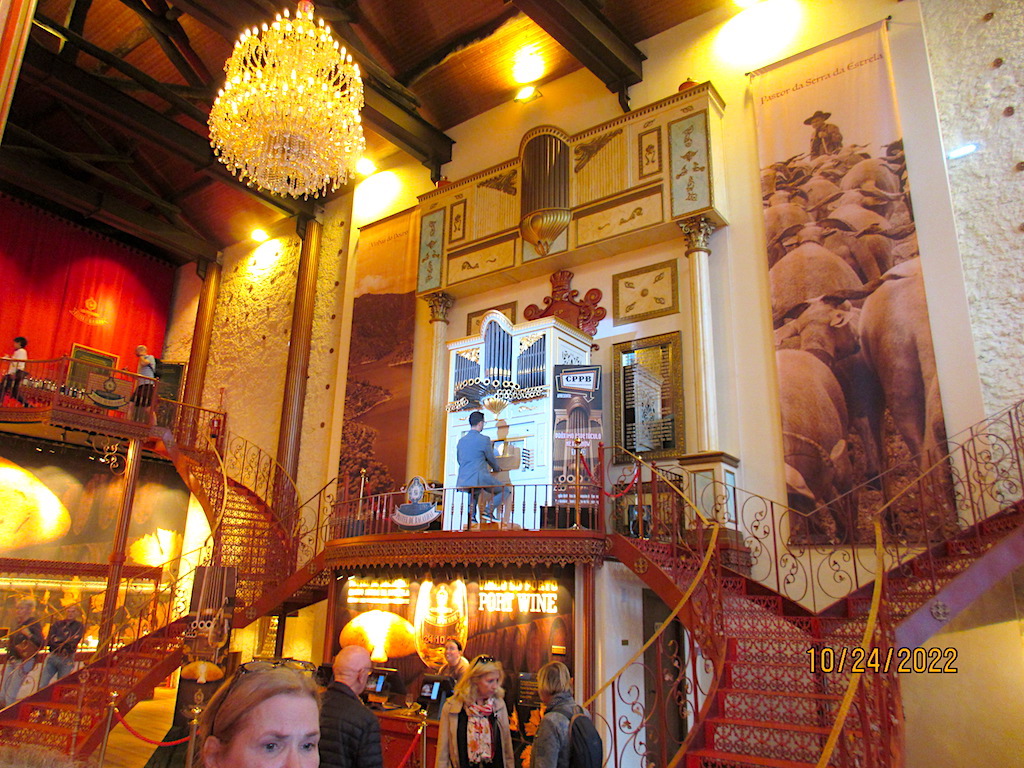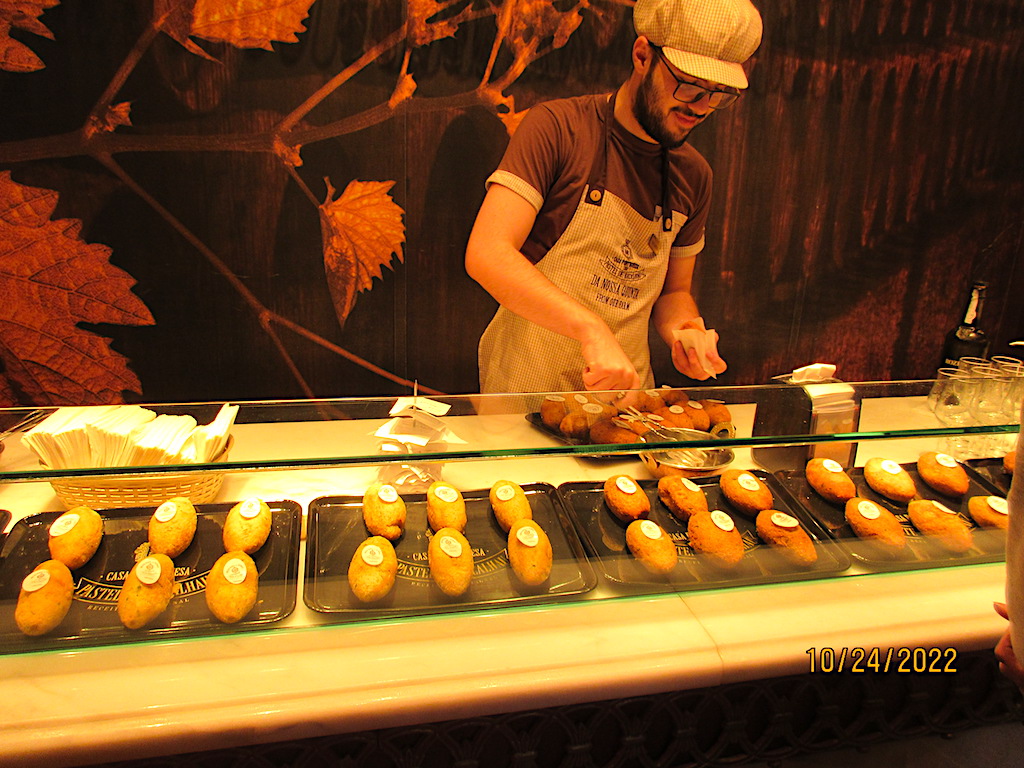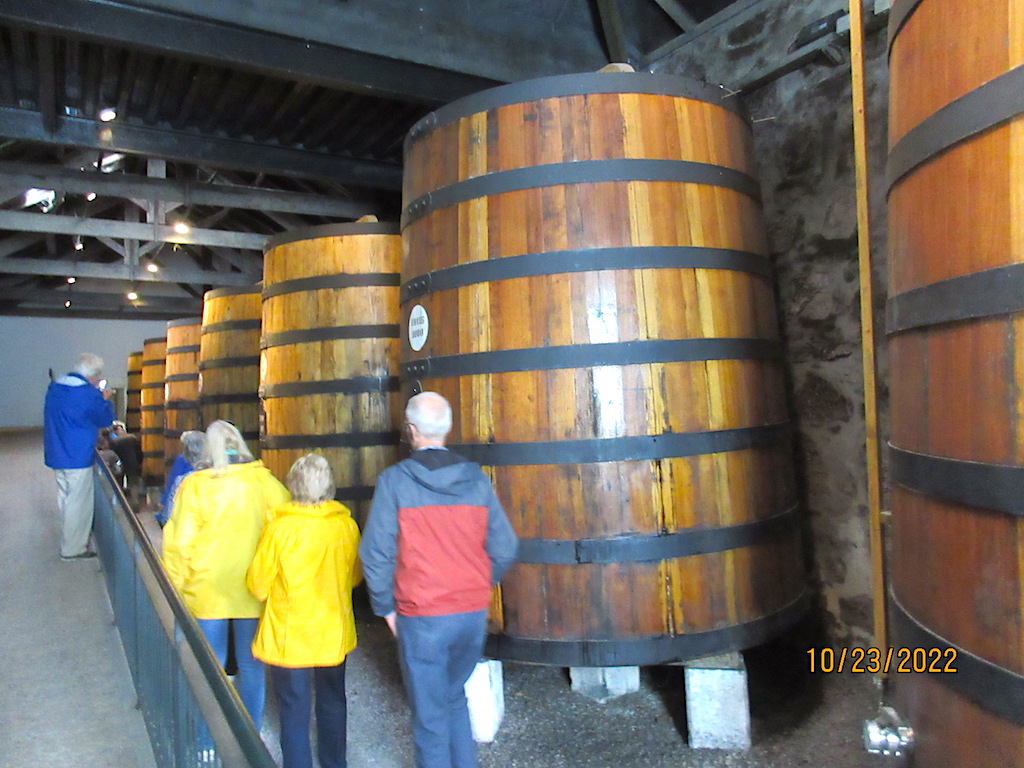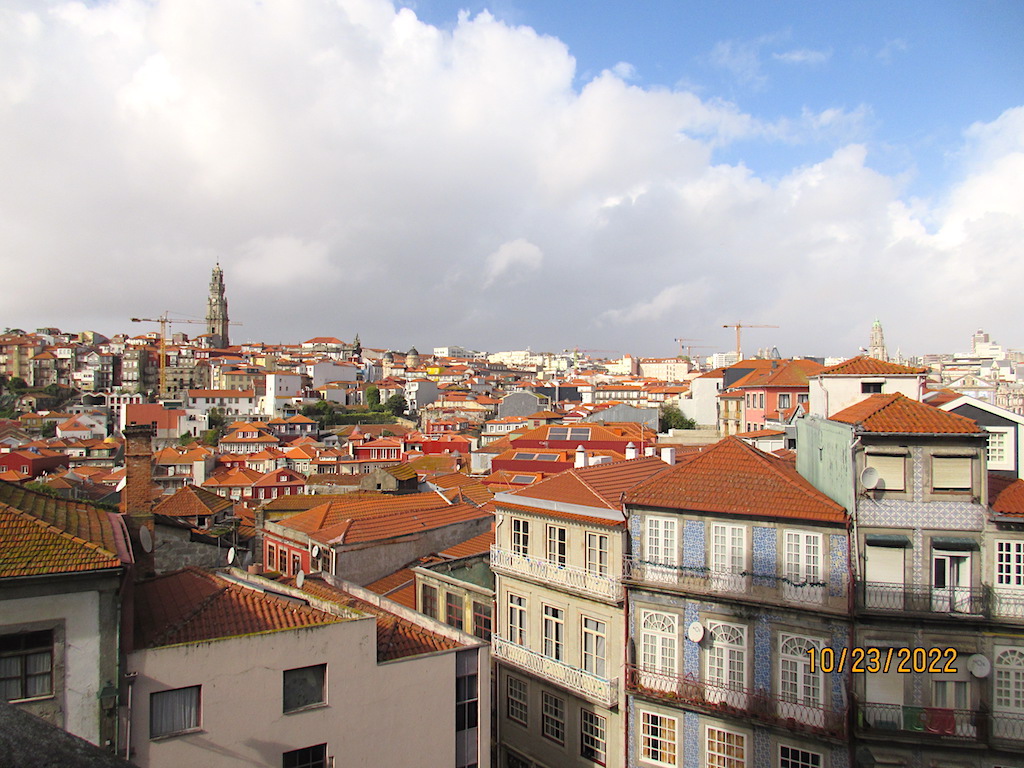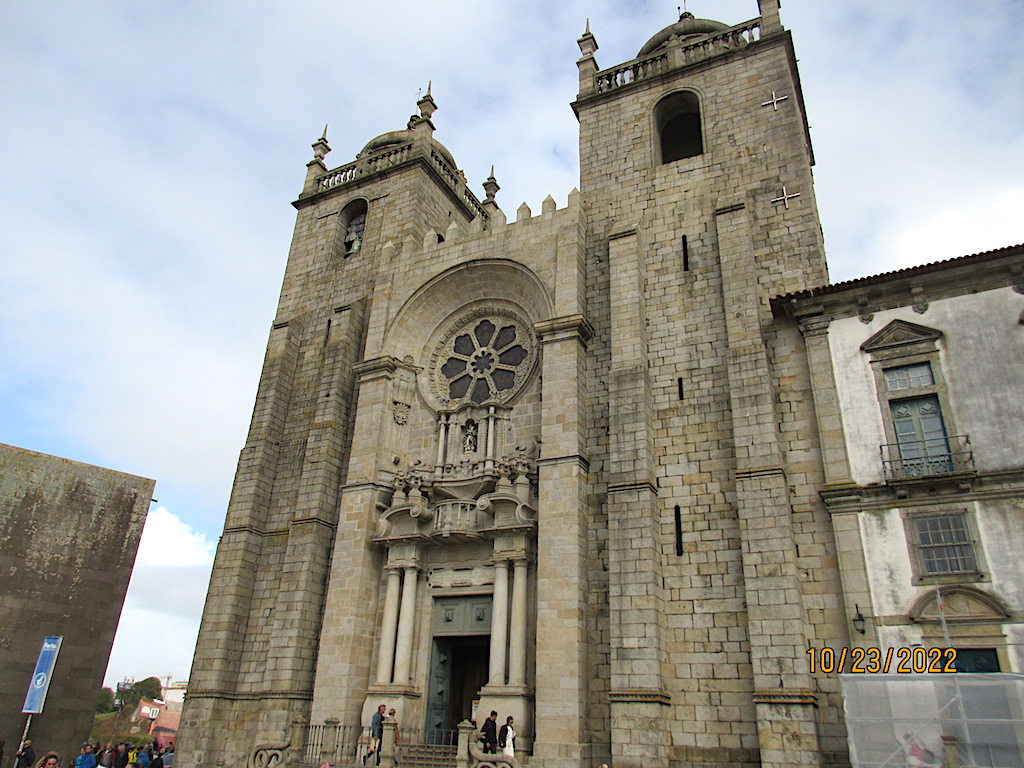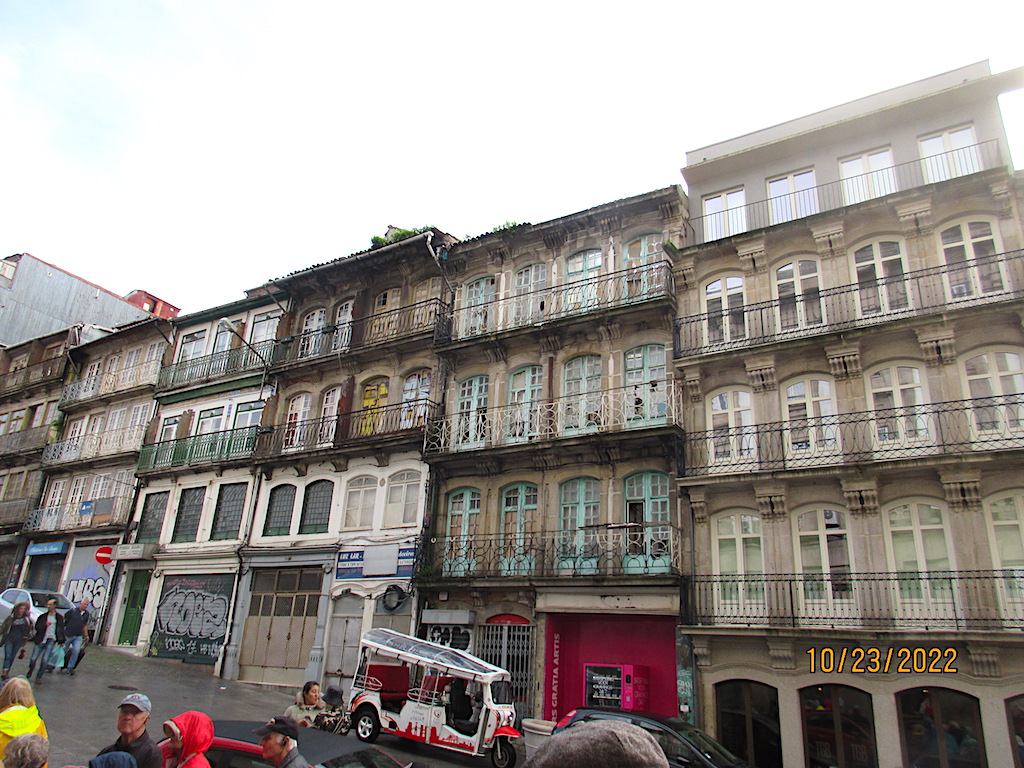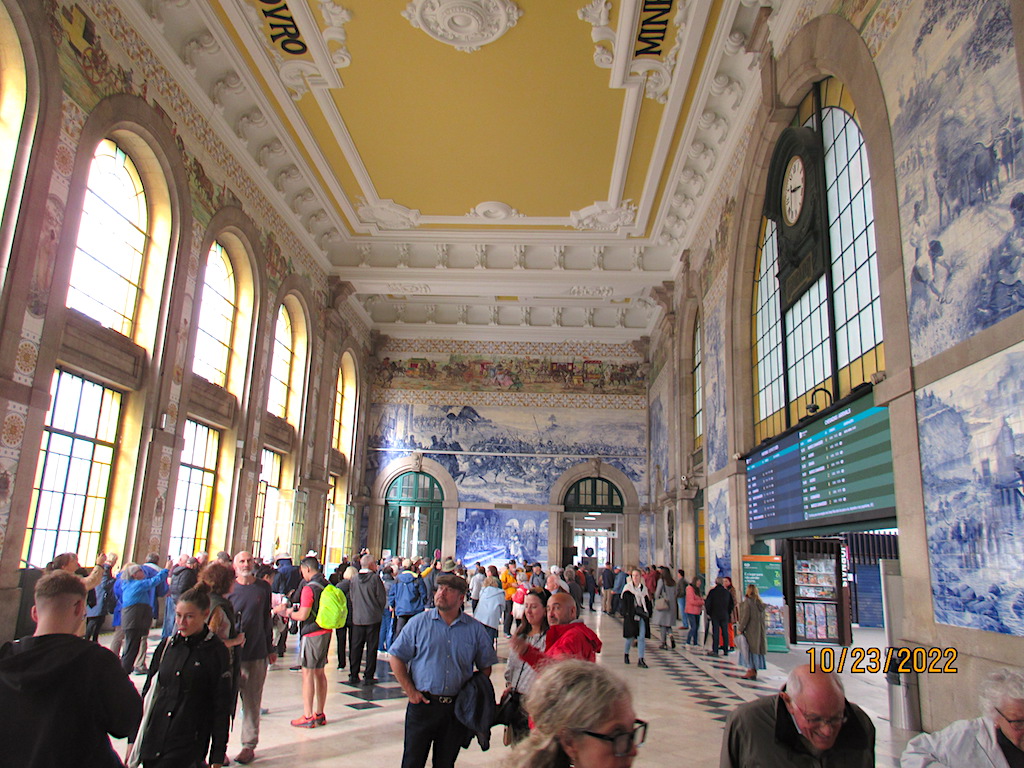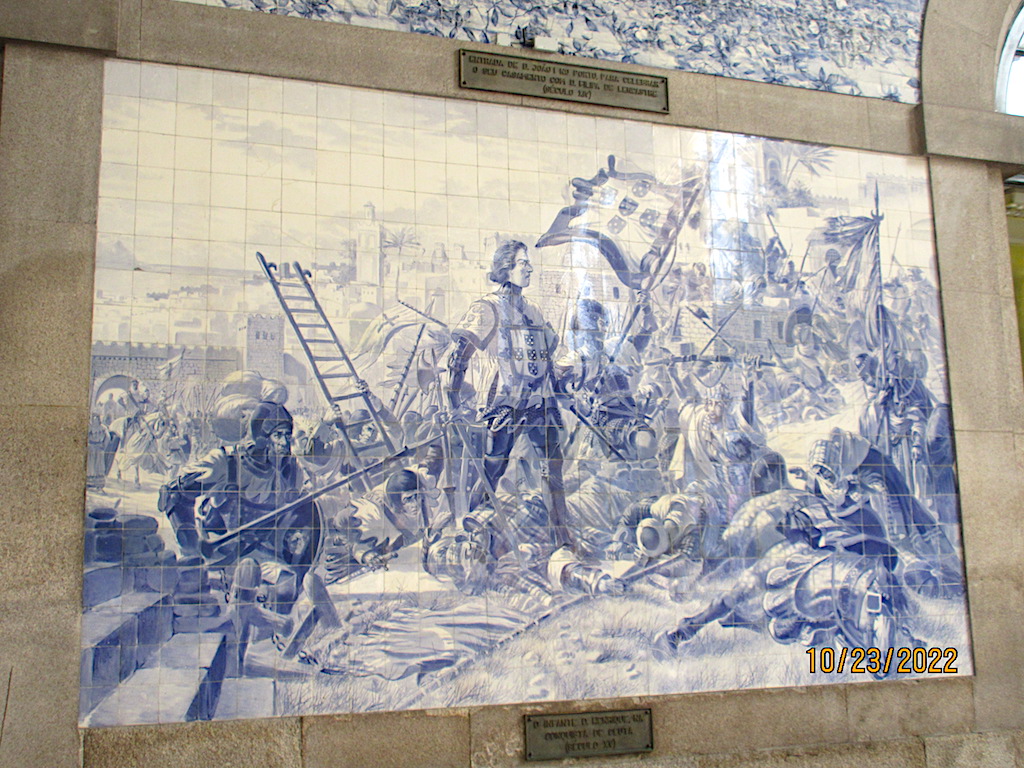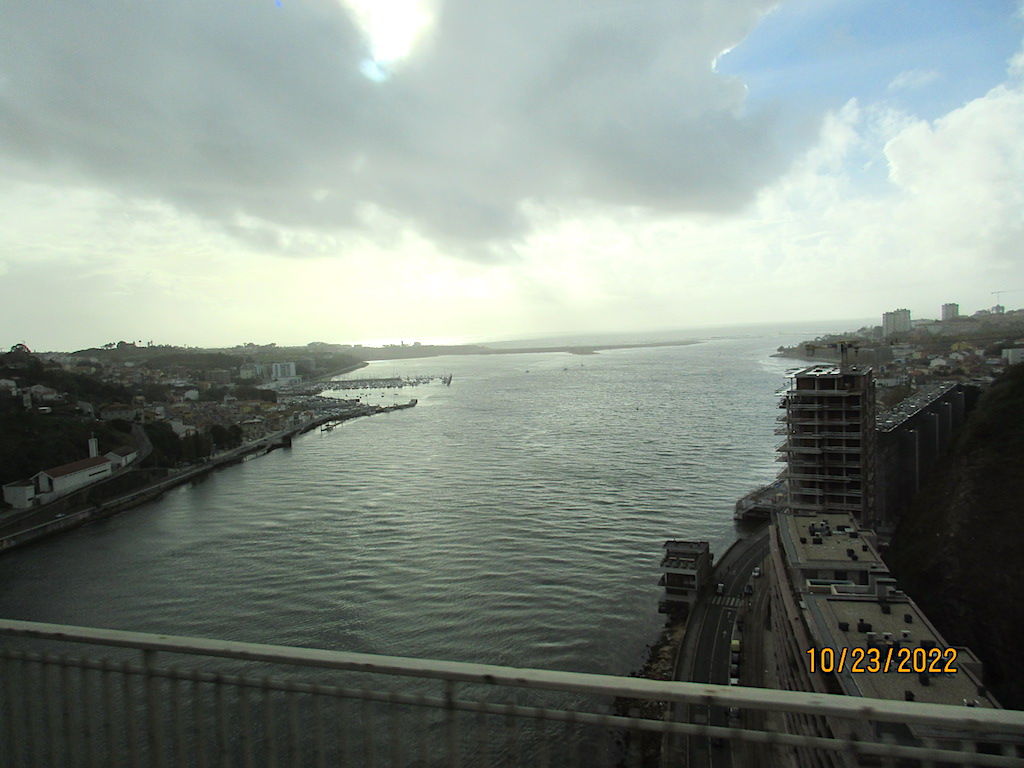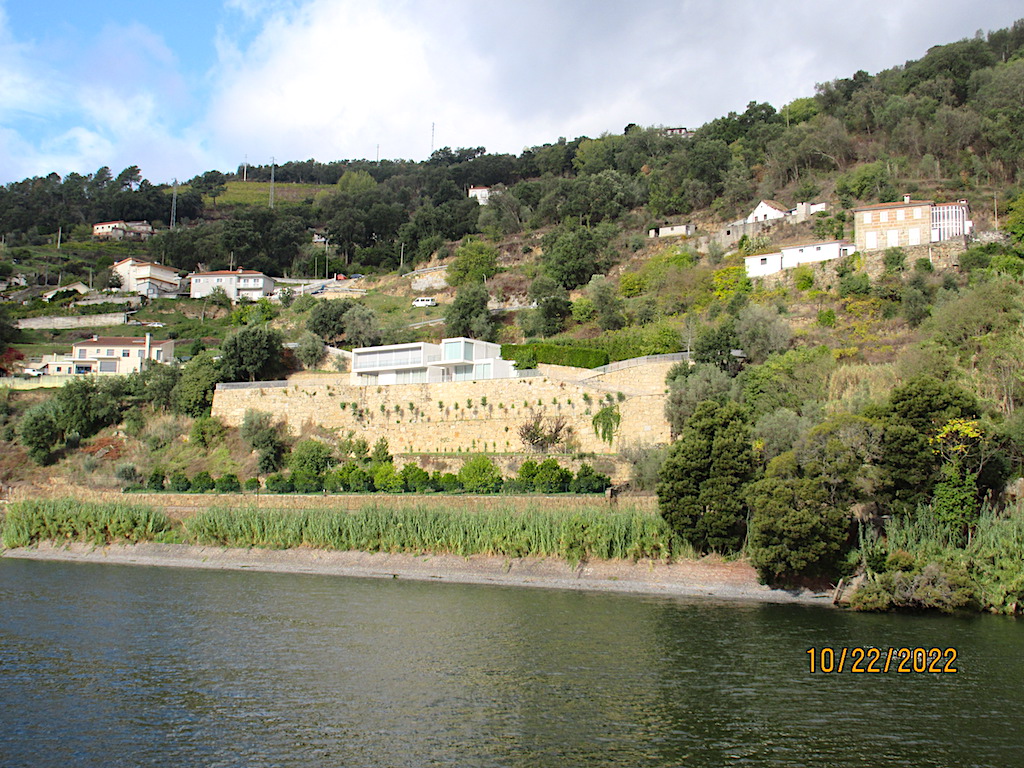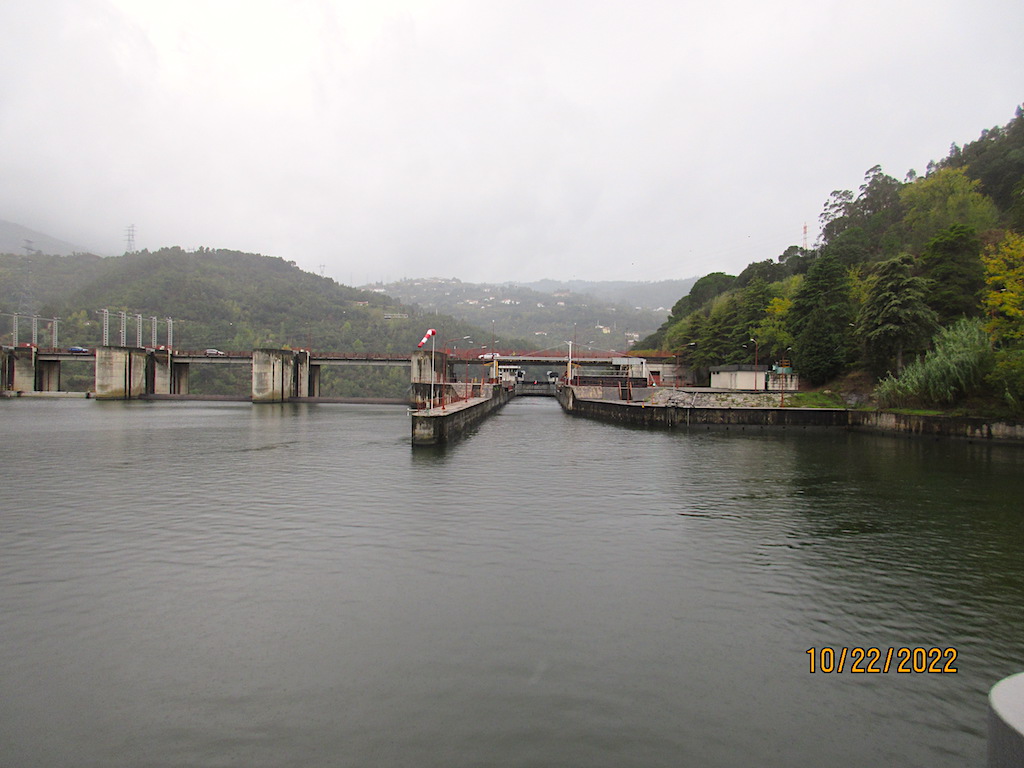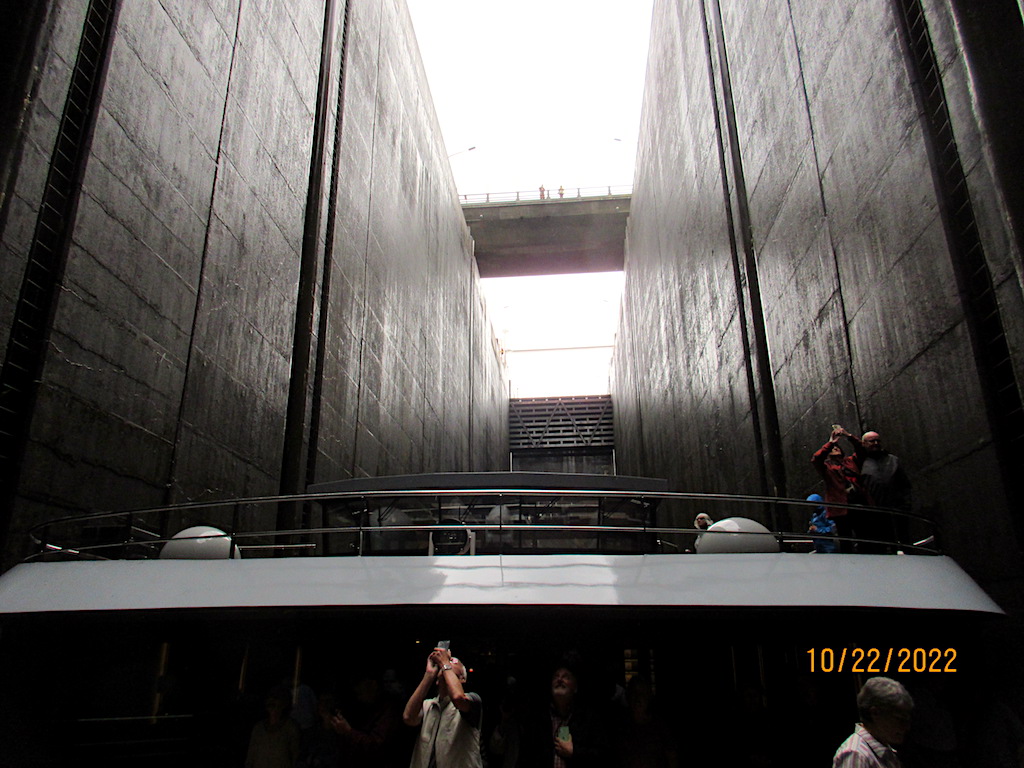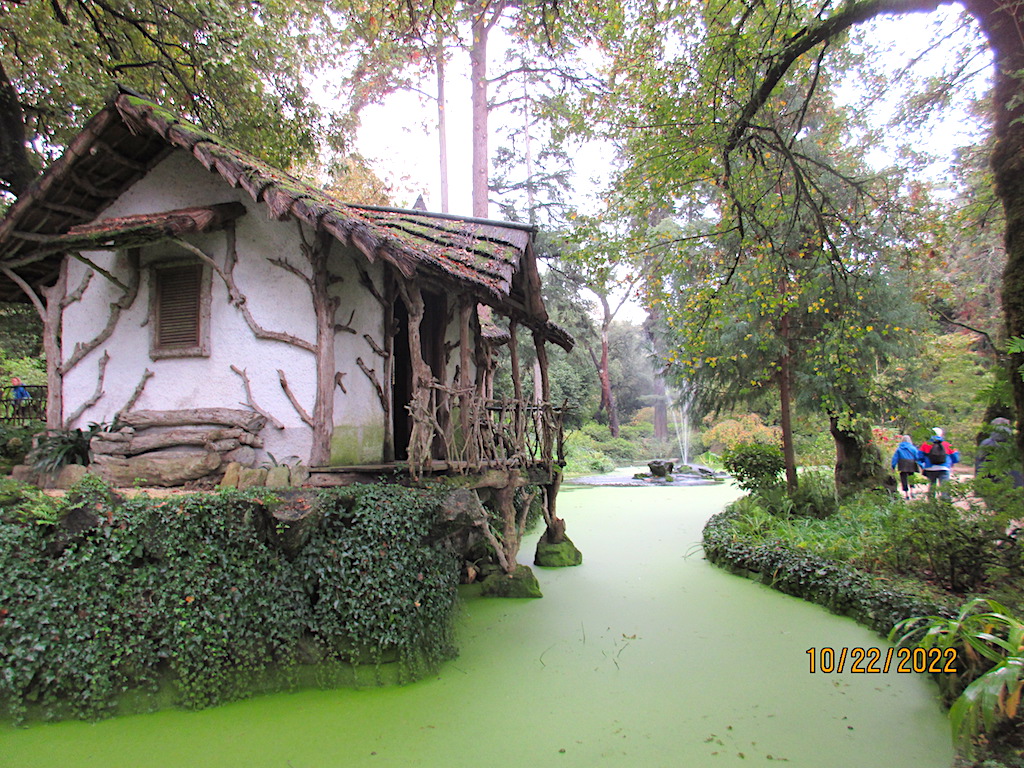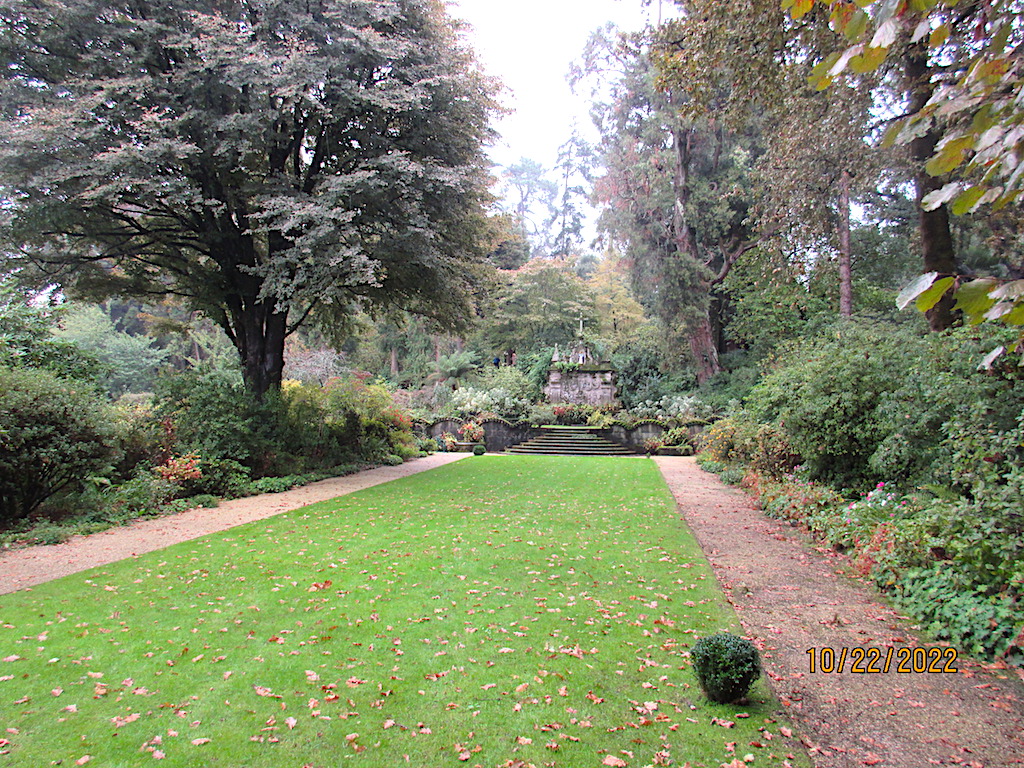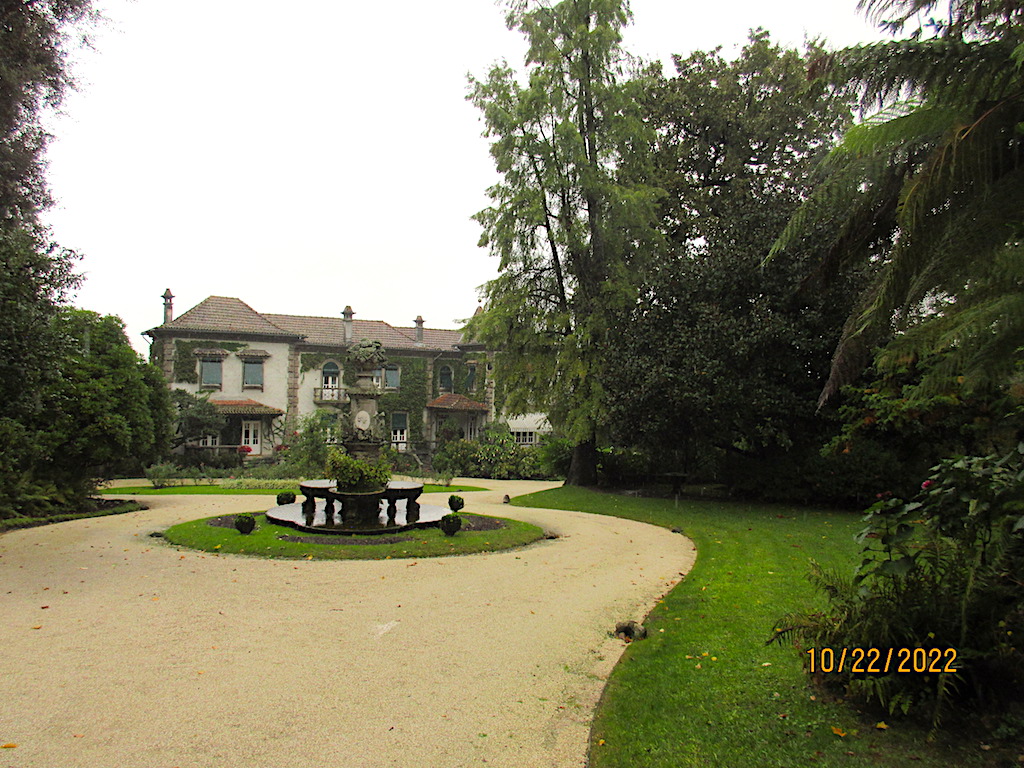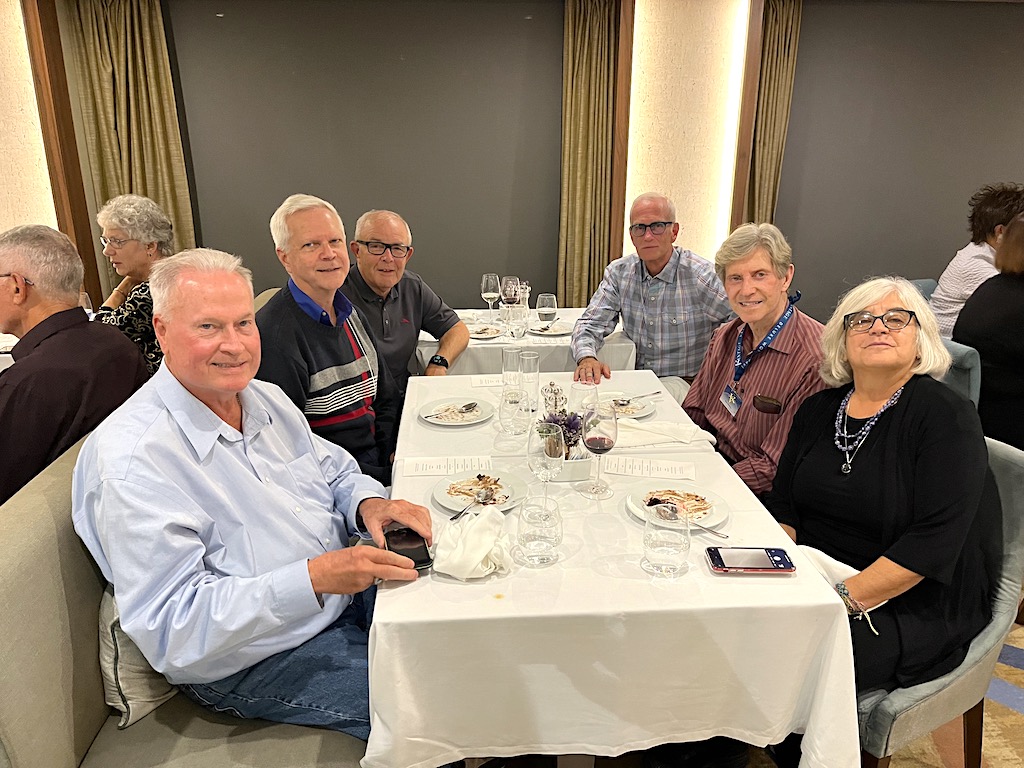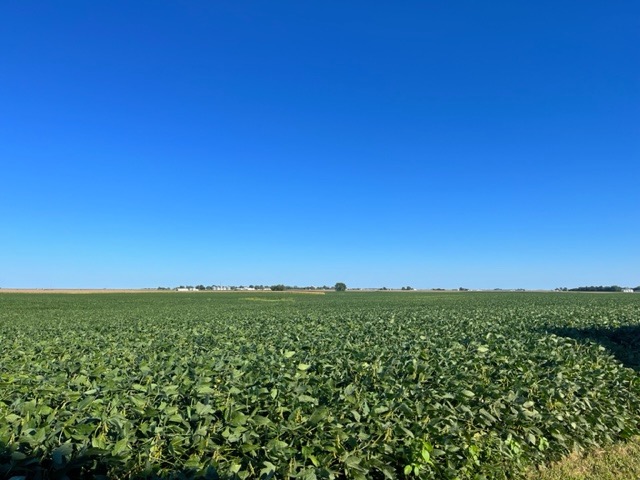
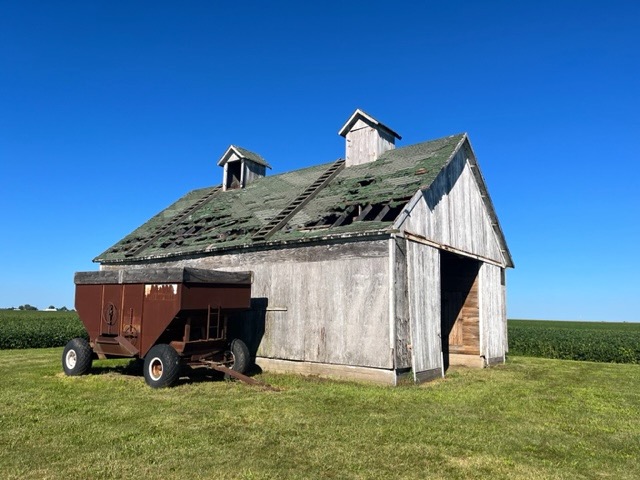
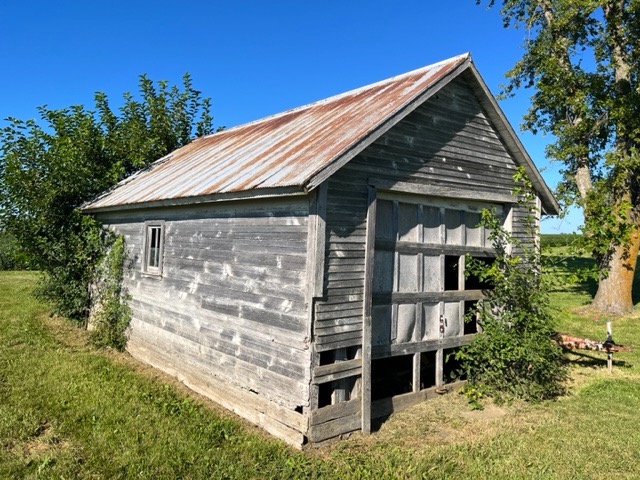
Late this morning we headed from Glen Ellyn to Adair, Illinois, where Kent’s family has had family farms for over 125 years. The 215-mile drive took us about four hours with a couple of rest stops along the way.
Adair is a small farming community in McDonough County with a population of only 212 residents. Adair was laid out in 1870 under the name of “Reedyville” though the name has never been officially changed. The name is known as Adair because that name was given to the post office. The Burlington Northern Santa Fe Railroad runs through the east side of Adair. Interestingly, the two men who laid out the village of Reedyville in August of 1870 were Kent’s second great grand uncle John H. Reedy along with John’s brother in law Jacob A. Grim.
We visited both family farms inherited by Kent and his sister, Dedra, to see how the crops of corn and soy beans were looking. We also have a few maintenance issues that need tending to. Both farms have deteriorating buildings that need to be torn down but we haven’t been able to get it accomplished for about five years now. This is due to pandemic delays, but also the lack of people who do this type of work and the cousins who manage the farms not making time to clean out the old equipment in the structures. We also have a tree that is in very poor condition and needs to be removed before a limb falls and hurts someone.
Kent and Dedra have two second cousins (Steve and Dave) who manage the farms and farm the land under a crop share agreement. Steve and Dave’s father Lennie, who is now deceased, is a cousin of Kent’s and their family owns land in the same area. Lennie farmed the family farms for the family for most of his life.
When we visit the farm, we stay in the neighboring town of Macomb, founded in 1830 and is about 12 miles away. Macomb is home to Western Illinois University and has a population of about 15,000 residents including the university which has a student body of about 7,500 students this fall. Macomb was named after General Alexander Macomb, a general in the War of 1812. Macomb’s major manufacturers include Farm King and Pella Windows.
Macomb has a beautiful old historic square built around a gorgeous brick county courthouse built in 1871. Like most rural towns, the downtown area has struggled to keep tenants as most businesses are now located in newer strip malls along main streets and have left the historic downtown.
Nine family members gathered at Vitali’s Italian Restaurant, one of the few restaurants in Macomb, for dinner. We enjoyed catching up with the family and hearing about what they have been doing. Steve and his wife Ashley have two children, Audrey and Blaine. Audrey graduated from college in the spring and has just started teaching 5th grade at the same school in which her mother teaches 1st grade. Blaine just started a two-year associates degree program in farm management.

